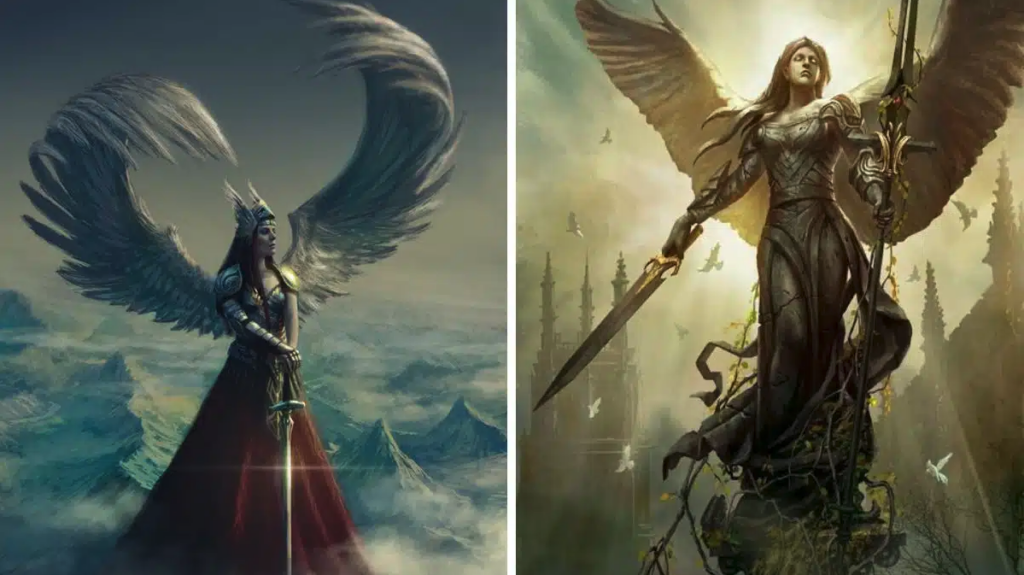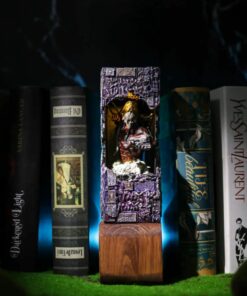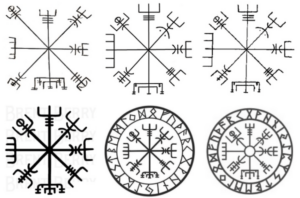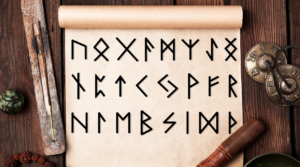Subtotal: £88,00
Valkyries were female figures in Norse mythology who are often depicted as strong warrior women assisting gods like Odin in battle. According to ancient Nordic texts and later artistic interpretations, the Valkyries would choose which soldiers died and who would be rewarded with a place in Valhalla. They represented an unconventional portrayal of femininity that emphasized strength, bravery and independence. As mystical figures who traveled between worlds of the living and dead, the Valkyries came to symbolize women’s capability and resilience even in the violent sphere of war and combat.
Description and Depictions

Ancient texts and later folklore describe the Valkyries as beautiful maidens with fair skin, golden hair and battle attire. They were said to wear shining armor that was often red or gold in color, and ornate helmets adorned with wings. They carried shields and spears and rode magical winged horses into battle, leaving trails of light in their wake. While their appearance emphasized attributes of feminine beauty, their weapons and mounts clearly marked them as formidable fighters rather than passive observers. Later Nordic artists often depicted the Valkyries in this manner – as graceful yet strong women prepared for the turmoil of battle.
Their role on the field of battle was not merely that of spectators, but of agents actively engaging in the outcomes of war. The Valkyries would watch over the fallen and determine which dying or dead warriors were worthy of an afterlife in Valhalla to join Odin’s army. Only the bravest and most skilled were selected by the Valkyries to be granted immortality. They thus wielded life-changing power even in the face of death, playing an active hand in shaping the destinies of great warriors. Their ability to pass judgment on the battlefield aligned them with gods rather than ordinary mortal women and underscored their strength, authority and unusual independence.
Life as Warrior Maidens
Valkyries led supernatural lives with abilities beyond those of normal women. As magical female figures, they could transform into swans or travel rapidly through the air on their winged steeds. They did not experience human limitations and were granted eternal youth and immunity from harm as long as they remained chaste and obeyed the gods. Their duty to determine who lived or died in war accorded them a prestigious, revered position normally reserved for male gods and heroes in Norse myth.

Whether evaluating fallen soldiers on the battlefield or serving mead to the honored dead in Valhalla, the Valkyries embodied both feminine and masculine traits. They displayed expected virtues of female beauty, grace and service, yet also demonstrated unmatched bravery, strength and skill with weapons usually reserved for men in their warrior-oriented culture. While not literally engaging in combat themselves, their presence and decisions held life-changing influence even over great champions of battle.
The Valkyries thus stood out as unusual figures who defied rigid gender norms. Through their magical abilities, independent authority and roles assisting gods in warfare, they represented a symbol of female empowerment and capacity that challenged a society dominated by patriarchal law and tradition. Their depictions turned the traditional relationship between the sexes on its head, with women holding power over the fates even of the greatest champions in war.
Famous Valkyries in Legend
Many famous Valkyries appeared in Norse tales that highlighted their formidable traits. Brynhildr was a prominent figure who defied Odin’s will and brought about tragic events through her strong will and refusal to submit to male authority. She embodied the Valkyries’ portrayal as independently spirited, poised and principled women.
Other celebrated Valkyries included Hildr, known for her skill and courage, and Gudrun, who showed great strength and resilience in overcoming personal tragedies. Svava and Svahild were respected figures serving the gods in Valhalla, while Mist, Skogul and Geirahod appeared as brave, experienced leaders evaluating the slain. Accounts of these revered Valkyries and their legendary exploits reinforced the mystical beings’ position as powerful symbols of femininity defined by capability, authority and resilience rather than passive roles restricted by gender norms.
Legacy and Modern Depictions
The mystique of the Valkyries as feminine yet formidable figures endured in folklore and stories passed down through generations. Their depiction of women operating independently in positions of strength, while retaining attributes of beauty, made them inspiring mythical role models that challenged patriarchal societies.
In more modern retellings of Norse mythology through literature, television and film, the Valkyries have often been portrayed prominently as pivotal characters. Writers like Richard Wagner in his opera Die Walküre highlighted Brynhildr’s indomitable spirit and defiance of male dominance. Comic book heroines like Amora the Enchantress from Marvel draw upon the archetype of seductive yet formidable warrior women associated with the Valkyries.
Even in contemporary culture, the Valkyries retain symbolic significance. They represent unconventional yet aspirational models of womanhood defined by confidence, capability and authority rather than dependence or restriction by gender stereotypes. As mystical female guides selecting the honorable dead, they demonstrated the potential strength, virtue and leadership inherent in women often ignored or oppressed in patriarchal societies. Their depiction as supernatural yet feminine figures of resilience continues inspiring modern narratives that envision expanded roles and representation for women beyond antiquated gender norms.
In conclusion, the Valkyries of Norse mythology could be said to represent an early symbolic challenge to patriarchal social structures through their portrayal as powerful, virtuous women operating independently in life-changing roles alongside gods. Whether determining fates on the battlefield or serving in Valhalla, they embodied a blend of feminine grace with unprecedented authority, bravery and strength more commonly ascribed to men. Their unconventional yet aspirational figures pointing to women’s innate potential continue finding resonance even in modern times as compelling models of empowerment, resilience and capacity beyond traditional gender limitations. As archetypes of feminine strength, virtue and capability exceeding societal restrictions, the legacy of the Valkyries endures.


 Predator Book Nook - Predator Alien
Predator Book Nook - Predator Alien 





